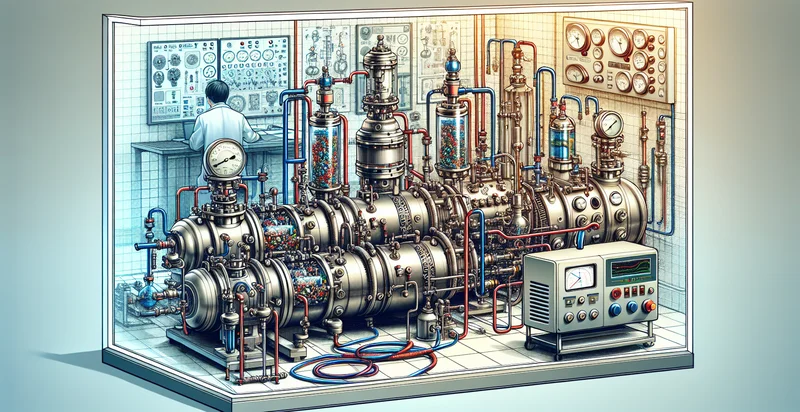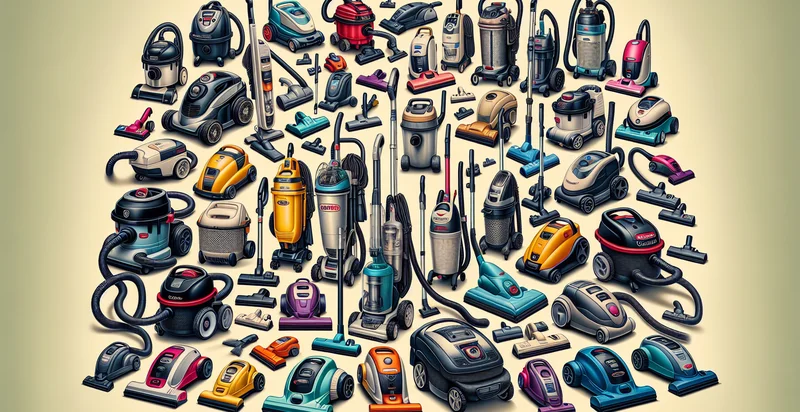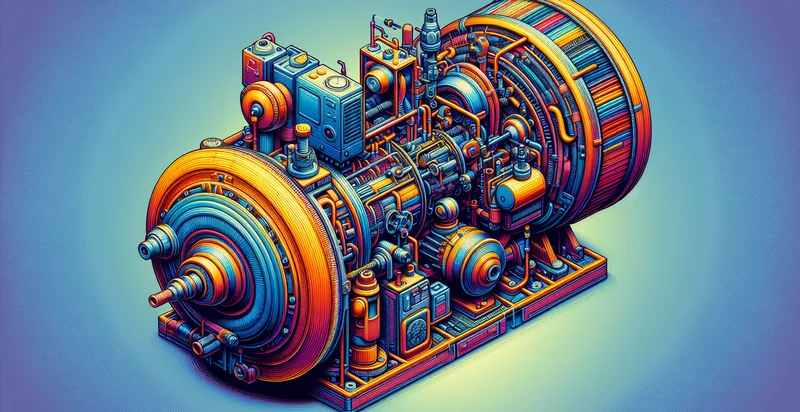Identify vacuum systems
using AI
Below is a free classifier to identify vacuum systems. Just input your text, and our AI will predict the type of vacuum system it is - in just seconds.

Contact us for API access
Or, use Nyckel to build highly-accurate custom classifiers in just minutes. No PhD required.
Get started
import nyckel
credentials = nyckel.Credentials("YOUR_CLIENT_ID", "YOUR_CLIENT_SECRET")
nyckel.invoke("vacuum-systems", "your_text_here", credentials)
fetch('https://www.nyckel.com/v1/functions/vacuum-systems/invoke', {
method: 'POST',
headers: {
'Authorization': 'Bearer ' + 'YOUR_BEARER_TOKEN',
'Content-Type': 'application/json',
},
body: JSON.stringify(
{"data": "your_text_here"}
)
})
.then(response => response.json())
.then(data => console.log(data));
curl -X POST \
-H "Content-Type: application/json" \
-H "Authorization: Bearer YOUR_BEARER_TOKEN" \
-d '{"data": "your_text_here"}' \
https://www.nyckel.com/v1/functions/vacuum-systems/invoke
How this classifier works
To start, input the text that you'd like analyzed. Our AI tool will then predict the type of vacuum system it is.
This pretrained text model uses a Nyckel-created dataset and has 44 labels, including Airborne Contamination, Automatic Control, Backup System, Central Vacuum System, Cleanroom Application, Commercial Application, Customized System, Decommissioned, Dry Vacuum System and Energy Efficient.
We'll also show a confidence score (the higher the number, the more confident the AI model is around the type of vacuum system it is).
Whether you're just curious or building vacuum systems detection into your application, we hope our classifier proves helpful.
Related Classifiers
Need to identify vacuum systems at scale?
Get API or Zapier access to this classifier for free. It's perfect for:
- Quality Control in Manufacturing: In manufacturing environments, vacuum systems are critical for ensuring the quality of products. By classifying and identifying relevant vacuum system data, businesses can detect malfunctioning systems early, reducing defects and improving overall production quality.
- Maintenance Scheduling: Implementing a false text classification function helps classify maintenance alerts for vacuum systems based on urgency and type. This aids in scheduling timely maintenance, thus preventing unexpected downtimes and enhancing operational efficiency.
- Inventory Management: Companies can classify inventory data related to vacuum systems and their components to optimize stock levels. This classification assists in identifying the need for restocking specific components, reducing excess inventory while ensuring operational needs are met.
- Safety Compliance: Ensuring safety in environments using vacuum systems is crucial. The classification of safety-related texts can help businesses monitor compliance with regulations, leading to the proactive identification of potential risks associated with vacuum operation.
- User Training and Support: A classification function can analyze user queries related to vacuum systems to identify common training and support needs. This insight allows businesses to develop targeted training materials, improving employee competency and facilitating smoother operations.
- Energy Efficiency Analysis: Classifying operational data from vacuum systems can help organizations identify patterns related to energy consumption. By analyzing this information, businesses can make informed decisions to optimize energy use, leading to cost savings and a reduced carbon footprint.
- Market Research and Trend Analysis: This function can be utilized to classify and analyze market research texts saying about vacuum systems, facilitating the identification of emerging industry trends and customer preferences. Such insights can guide product development and marketing strategies, helping companies stay competitive.


